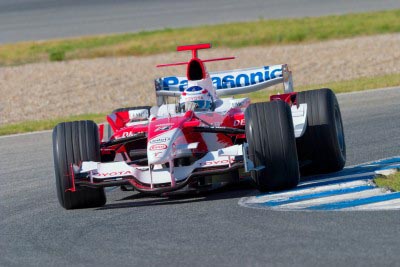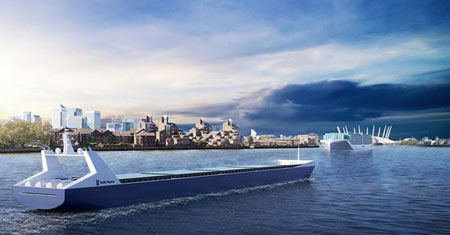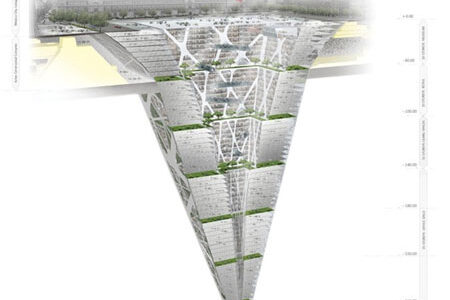We’ve written before about the electric car market, its development and how the battery life in some models of car have improved. However, the biggest barrier to people buying electric cars is still the battery life. It doesn’t matter how green the vehicle is or how good the tax benefits, the bottom line question that people need an answer to is ‘How far can I travel on a charge?’ And for many electric cars, that’s not very far. They are great for running around the city where you’re not doing many miles, but for longer road journeys, the fear of running out of power is still a huge barrier to buying an electric car.
There are many research projects going on around electric cars. Some trying to improve and extend the life of a battery charge, others like Highways England feasibility study looking at charging on the go. The result of which is the first UK trial at a testing site that will allow cars to charge on the go.











Recent Comments